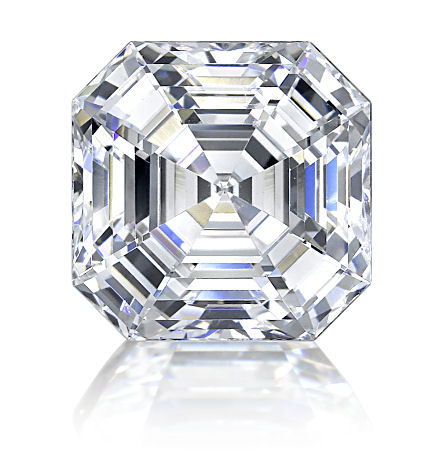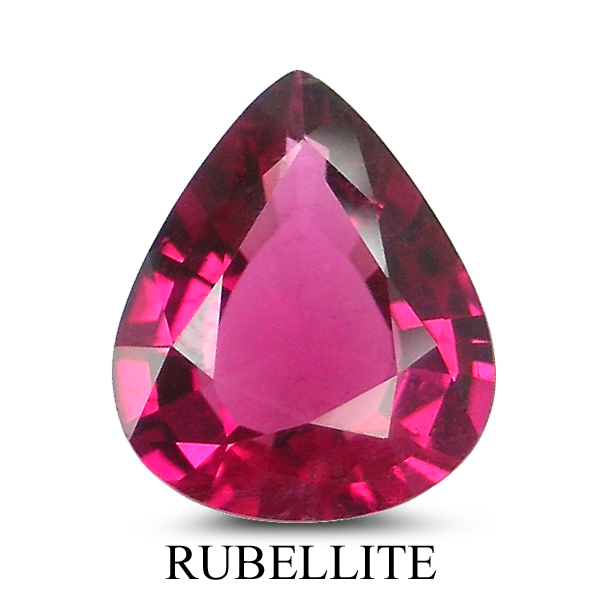

Gems may be described as those specimens of minerals and organic materials used for personal adornment that posses beauty, rarity and durability. The organic materials used as gems are pearl, coral, amber and jet. The Subject of gemstones is divided into two classifications: diamonds and colored stones. The term COLORED STONES is used in the jewelry industry and refers in its broadest sense to all gem minerals plus organic gem materials, but does not include diamonds. In a narrower sense, pearls are also eliminated from this classification and treated separately.

What is a Gemstone? What are the qualities that have led men and women to value some minerals above others, and to extend so much skill and labour on fashioning them into objects of adoration? It is very evident that throughout history man has prized certain substances for their beauty and their durability, and to set high cash value on them when they are rare. Those that are hard enough to be cut and polished, so that their beauty is enhanced, are called Gemstones – as opposed to softer materials, such as gold and silver that must be worked in different ways.
High quality Gemstones are rare. Gem material may be abundant and exist in large ore bodies; flawless gem quality specimens are few.

A Gemstone’s hardness permits it to retain its smooth, freshly polished appearance for a very long time. There are of course many gemstones that have a low hardness value, these gems such as Amber, Jet and Opal, have a value apportioned to the fact that they are unusual, very attractive and or rare, such as the insect trapped in Amber.
The value of a Gemstone to man lies in its enduring Beauty. It is the task of the Lapidary to take a stone of unpromising appearance, and transform it into a Jewel.

